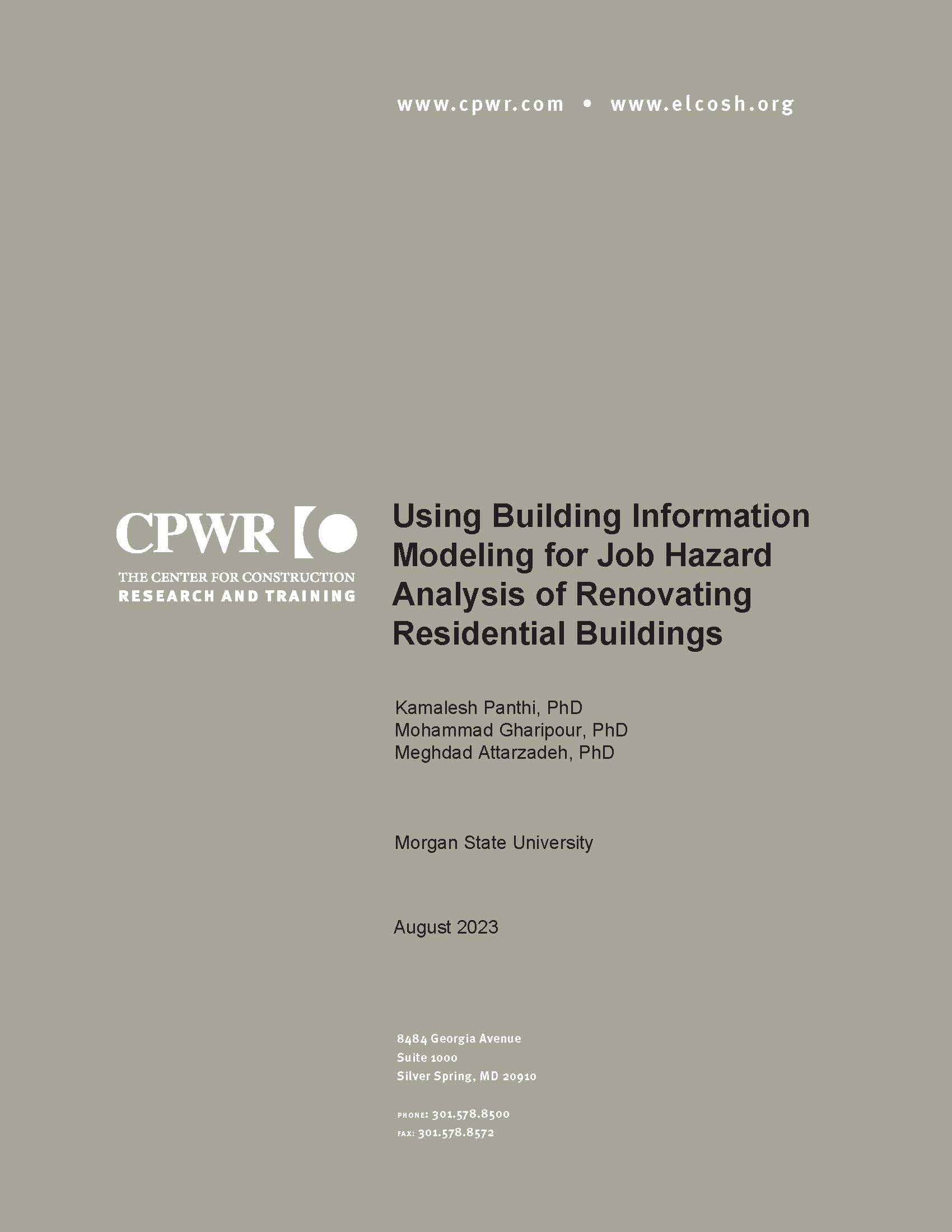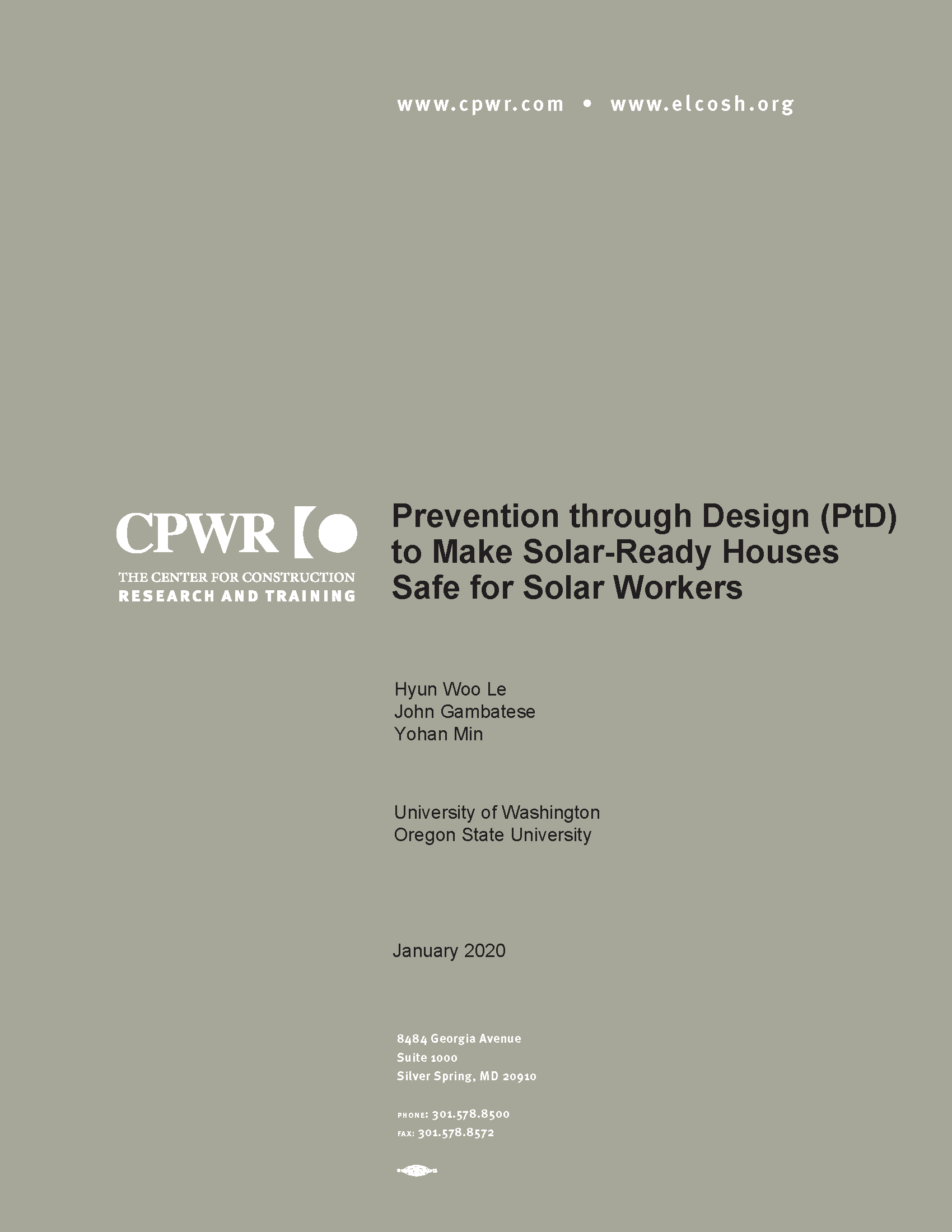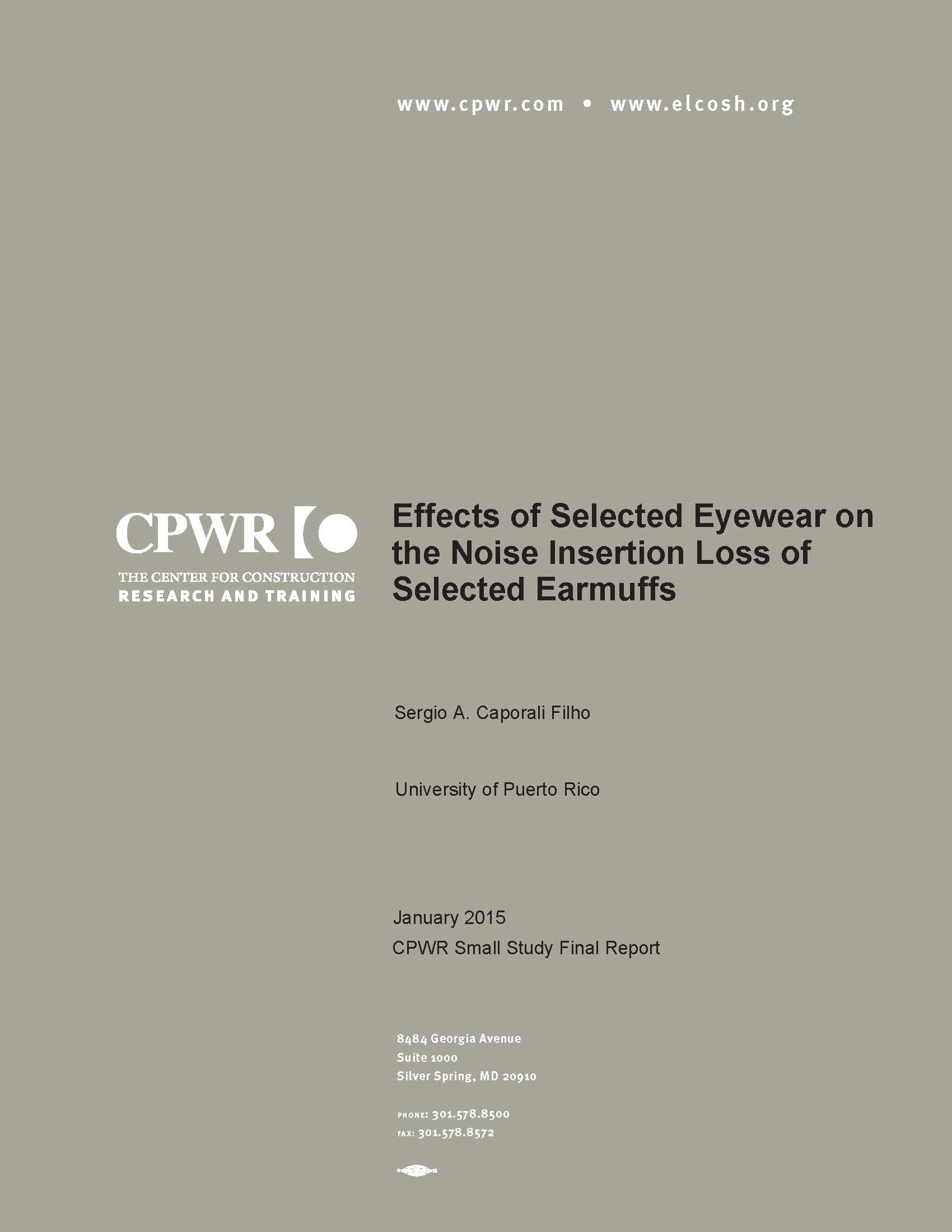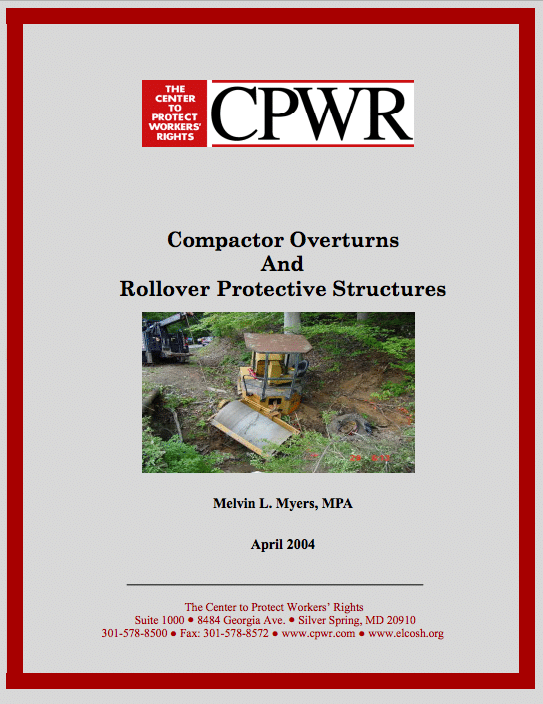Design for Safety
Building Information Modeling for Job Hazard Analysis of Renovating Residential Buildings
Kamalesh Panthi, Mohammad Gharipour, Meghdad Attarzadeh. January 2023.
Most studies of Building Information Modeling (BIM) have focused on new or large-scale construction projects, primarily due to the limited availability of resources among smaller companies that prevent its implementation. To address this gap, these researchers applied BIM to the renovation of a small rowhouse in Baltimore.
Prevention through Design (PtD) to Make Solar-Ready Houses Safe for Solar Workers
Hyun Woo Lee, John Gambatese, Yohan Min. January 2020.
Although solar-ready designs have become a new standard for residential houses in preparation for the installation of a roofing solar system, information regarding the safety of the workers while installing the solar panels has been insufficient. This study focuses on the development of a Prevention through Design (PtD) checklist and Building Information Modeling (BIM) models for new solar-ready houses with the aim of reducing or eliminating worker injuries.
Mistakeproofing the Design of Construction Processes Using Inventive Problem Solving
Iris D. Tommelein and Sevilay Demirkesen. April 2018.
“Mistakeproofing” is the use of any device or method that either makes it impossible for an error to occur or makes the error immediately obvious once it has occurred. The objective of mistakeproofing is to reduce or eliminate the occurrence of errors, as they cause resource waste and defects. Mistakeproofing includes both labor and management: everyone can help identify opportunities to reduce or eliminate errors by applying mistakeproofing tools and practices through creative problem-solving. The authors explore how mistakeproofing applies in construction to reduce incidents and worker injuries, which are substantial sources of waste in the industry as they interrupt production, cost lost workdays, or result in other harm.
Aluminet: An Intervention for Heat-related Illness among Construction Workers
Mark C. Schall Jr., Richard F. Sesek, David Pascoe, Lauren Redden, Connor Lusk, December 2017.
Heat illness is a major occupational hazard for construction workers, who often spend the summer months working outdoors or in hot, enclosed spaces. Manufacturers are producing a growing array of protective garments and products geared to the construction workforce to mitigate heat stress. In this study, researchers tested a new aluminum-fiber (“Aluminet”) vest designed to reflect heat. A population of 15 concrete and landscaping workers wore the Aluminet vest one day, and conventional garments another, while working in similarly hot and humid conditions.The research team measured the workers’ body temperatures and heart rates and solicited worker feedback on the product.
Occupational Safety and Health in Green Buildings: LEED PtD Pilot Credit Analysis
Michael Behm, Annie Pearce. August 2017
Prevention through Design (PtD) incorporates elements into building design that will reduce safety and health risks for the workers who will construct and maintain the building. In 2015, the US Green Building Council launched a PtD pilot credit as part of the LEED (Leadership in Energy and Environmental Design) certification program. The research team examined early implementation of the pilot credit. Using case studies of two European construction projects that pursued the credit, and surveys and interviews with domestic building industry stakeholders, they explored why U.S. adoption of the credit has been limited.
Improving Work Zone Safety Utilizing a New Mobile Proximity Sensing Technology
Yong Kwon Cho, Xiaoyu Yang, Jeewoong Park. July 2017.
Struck-by injuries are one of construction’s “fatal four” leading causes of death on the job; collisions between heavy equipment and workers on a busy jobsite are all too frequent. To reduce this risk, researchers designed and tested a proximity sensing and alert system using Bluetooth Low Energy (BLE) technology. The system monitors the location and direction of moving equipment and alerts both equipment operators and workers on the ground to collision hazards.
Applying Prevention through Design (PtD) to Solar Systems in Small Buildings
Hyun Woo Lee, John Gambatese, Chung Ho. July 2017.
Solar technology has grown cheaper and more economically attractive in recent years, and a growing number of homeowners are having rooftop solar panels installed. Employees of the small to mid-sized contractors performing this work face unique safety hazards. The research team interviewed workers, contractors and engineers in the industry to identify choices during the design process that can reduce worker exposure to injury during construction. Based on the findings, the team created a short guide for industry use – Safety Protocol: Prevention through Design for Safety in Solar Installations.
Owners' Role in Facilitating Designing for Construction Safety
T. Michael Toole, Ph.D., P.E., John A. Gambatese, Ph.D., P.E., Deborah A. Abowitz, Ph.D. January 2012
Prevention through Design (PtD) incorporates construction worker safety in the design of a building project. Researchers surveyed 103 construction owners, and interviewed 65, to assess their awareness of PtD, and to learn how owners applied PtD elements in their projects.
Near Miss Information Visualization Application for BIM
Marks, Eric and Shen, Xu. August 2016.
Building Information Modeling (BIM) is a platform that enables architects, engineers and builders to share information throughout the life cycle of a project. By integrating safety and health management elements, BIM could reduce jobsite injuries, illnesses and fatalities as well. The authors designed a BIM application that relies on nearmiss reporting data to generate a visual map of near-miss locations, offering project teams a new opportunity to mitigate hazards before an injury event occurs.
Effects of Selected Eyewear on the Noise Insertion Loss of Selected Earmuffs
Sergio A. Caporali Filho. January 2015.
Noise induced hearing loss is a major construction occupational hazard, and OSHA requires the use of hearing protection for workers exposed to hazardous noise levels. In construction, many loud tasks like drilling, cutting and grinding also require that workers don eye protection. Previous studies suggest that the combination of eye protection and earmuffs can reduce the effectiveness of earmuffs by breaking their “seal” around the ear. Researchers measured earmuff performance (Noise Insertion Loss or NIL) provided by three different commercially available earmuffs when study participants were exposed to noise coming from four different power tools, while wearing six different models of eye protection and assuming five different neck postures.
Connection between Lean Design/Construction and Construction Worker Safety
Gambetese, John and Catarina Pestana. December 2014.
A growing number of building industry firms are adapting “lean production” principles, developed in the manufacturing sector, to engineering and construction – a trend accelerated by increased interest in Design-Build procurement methods and Integrated Project Delivery (IPD) generally. How are lean production innovations affecting construction site safety? Researchers performed case studies of seven building projects and surveyed Lean Construction Institute (LCI) members to assess the extent to which lean practices impact construction safety risk and support commonly-implemented safety practices.
Design of a Portable Safety Database for Construction
Freund, Alice and Norman Zuckerman. May 2012.
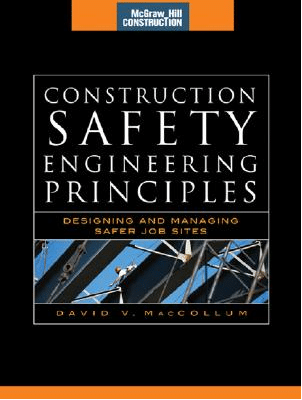
Construction Safety Engineering Principles: Designing and Managing Safer Job Sites. Book
MacCollum, David. McGraw-Hill, 2007. 394 pages.
This book is available for purchase on Amazon. Click here to order.
An Analysis of Construction Accidents from a Design Perspective
Behm, Michael. 2006.
Examines 450 federal agency reports of serious injuries and deaths affecting construction workers, and finds that design improvements could have reduced the hazard in the about one-third of the cases.
Investigation of the Viability of Designing for Safety
Gambatese, John A., Jimmie Hinze, and Michael Behm. May 2005
Examines published reports, regulations, and the authors’ survey of 19 architects/design professionals to define needs for future research and education to improve construction worker safety and health.
Compactor Overturns and Rollover Protective Structures
Myers, Melvin L. 2004
Analyzes 58 OSHA reports of overturn-related deaths of operators of compactors (steamrollers) in 1986-2002 to learn whether a lack of rollover protective structures (ROPSs) – and failure to use seatbelts – contributed to the deaths. Recommendations include promulgation of an OSHA standard for compactors requiring the use of ROPSs and seatbelts in construction, operator-training requirements, design changes, and further safety research.
